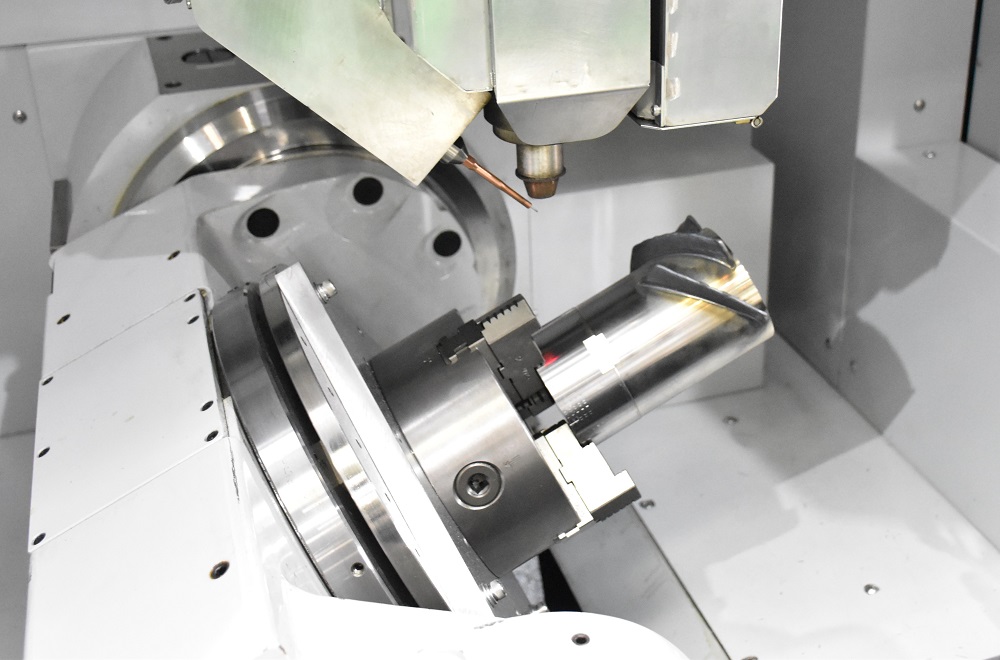
- News
- Basics
- Products
- JP Job shop
- Exhibition
- Interview
- Statistic
- PR
- Download
- Special contents
News
February 7, 2023

Additive manufacturing (AM) is one of the most notable trends in current manufacturing technology. At JIMTOF2022, a dedicated AM Area was established for the first time, with 59 companies and organizations exhibiting across 173 booths. Demonstrations of metal 3D printers drew large crowds, signaling rising interest in the field.
According to a market report published by Global Information, the global market for metal 3D printers and related products was valued at $4 billion in 2022, and is expected to grow 5.6 times to $22.6 billion by 2030. Demand is increasing not only for metal prototyping, but also for mass production using AM.
Historically, Japan has been more cautious than Europe and North America in adopting AM, but that trend is shifting. Recent advances in machine performance, software, and materials have lowered barriers to entry. Modeling applications are now emerging in tooling, medical, and aerospace fields.
Several manufacturers introduced new products and collaborations at JIMTOF2022:
Nidec Machine Tool showcased the LAMDA 500, a DED-type metal 3D printer launched in August 2022. Developed jointly with Nidec OKK, the machine is based on a simultaneous 5-axis machining center and is designed for large parts, particularly in aerospace.
Mitsubishi Electric exhibited the AZ600, released in March 2022. Also using the DED method, it employs welding wire as the build material. The AZ600 supports near-net-shape processing and mold repair, using synchronized 5-axis control to optimize laser and wire feed in real time. It offers advantages in material procurement and process simplicity.
Sodick presented the LPM325S, which uses the powder bed method. The machine is equipped with an MRS (Material Recycling System) that allows for quick switching between powders by replacing the MRS unit, minimizing contamination risk. This enables one machine to handle multiple materials, ideal for prototyping and high-mix, low-volume production.
Other exhibits at JIMTOF2022 showcased applications in the medical and dental fields, including in-body implant parts, dental lab components, and specialized mold tools. These examples demonstrate that AM is rapidly moving from concept to practical application across a range of industries.
January 25, 2023
January 17, 2023